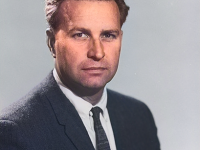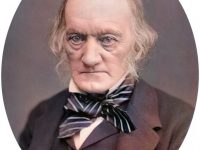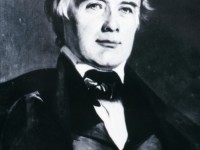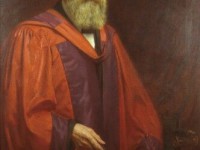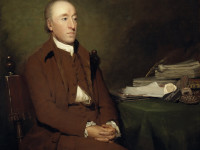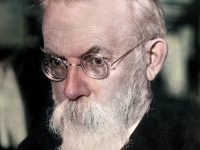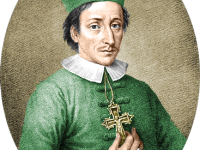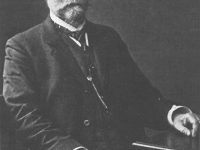Robert S. Dietz and the Seafloor Spreading
On September 14, 1914, US marine geologist, geophysicist and oceanographer Robert Sinclair Dietz was born. He is best known for his pioneering research along with Harry Hammond Hess concerning seafloor spreading (a term he coined), in which new crustal material continually upwells from the Earth’s depths along the mid-ocean ridges and spreads outward at a rate of several inches per year. Robert Dietz – Education Robert Dietz was educated at the University…
Read more

